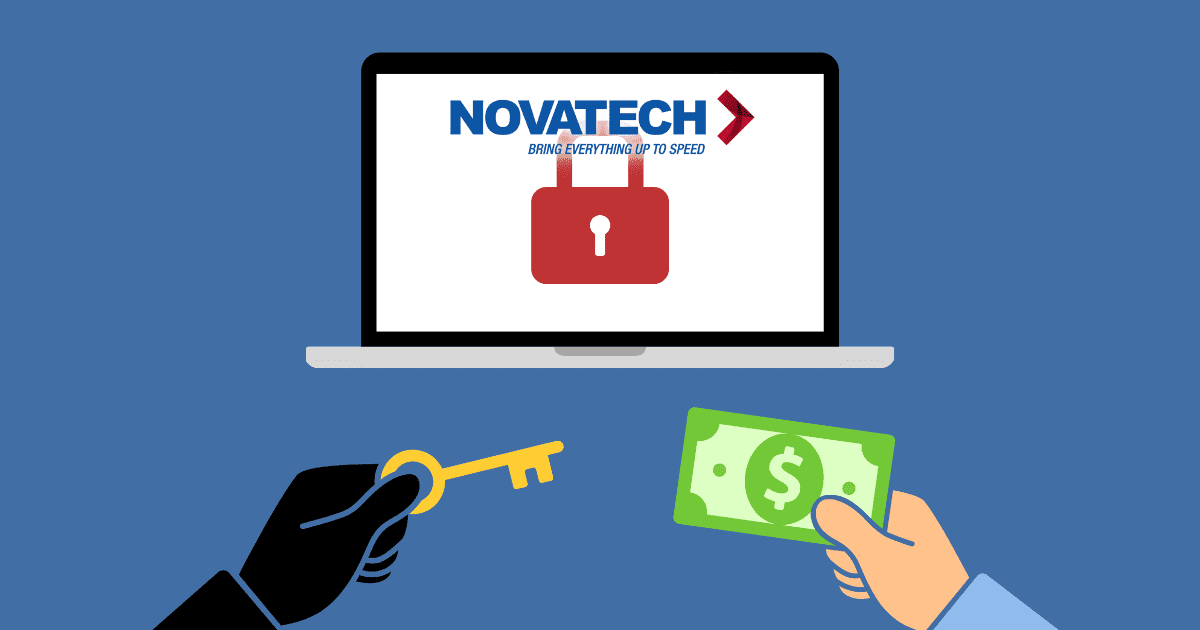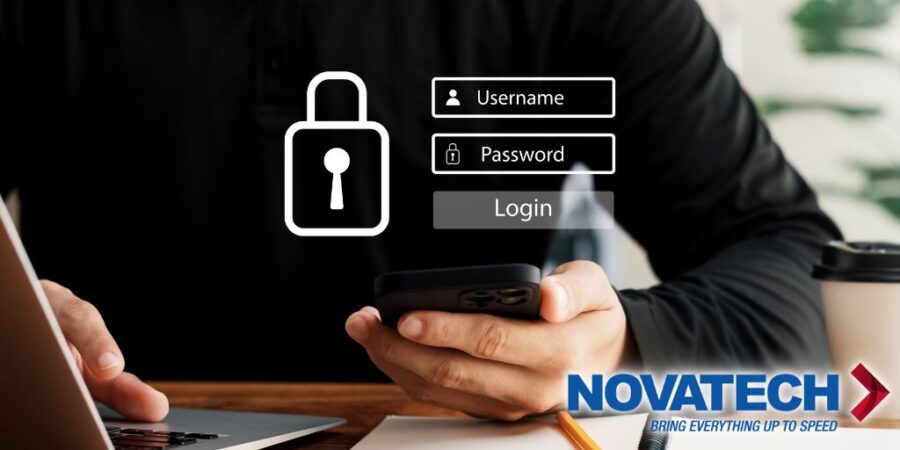Ransomware – Top 3 Things to Proactively Protect Your Business
6 min read

One of the many threats companies face today when it comes to their data is ransomware. Your company can be doing all of your IT correctly, but with one simple ransomware attack, all the good work you have been doing is suddenly out the window.
Would you like to protect your business proactively, rather than have to deal with the consequences of having ransomware on your servers and have to deal with trying to get all of your data decrypted and having to pay some bad actor for a decryption key, hoping for the best?
In this article, we will explore the top 3 ways you can prevent ransomware and how you can avoid a ransomware attack that could hinder or even cause your business to have to fold. Ransomware is an important part of the modern IT environment, and every business needs a plan to protect themselves and even a plan of what to do if they are a target of such an attack.
Why Should I Care?
One of the questions we often get as a managed IT services company is, “Isn’t ransomware a problem only Fortune 500 companies have to deal with?” The short answer is absolutely not. We have seen companies with as few as 5 employees have to pay a ransom to get their critical data back.
In an analysis done in 2021, experts said in 700 cases they saw, the average ransom cost was hundreds of thousands of dollars. Not only that, the network downtime was 22 days. This is not every case, there are thousands of cases a month, but this helps you understand the cost and the impact associated with a ransomware attack. When you are successfully targeted, there are two costs you have to deal with – the hard money cost as well as the downtime (and all the employee costs associated there).
When you are targeted successfully, you will have 2 choices. Pay the ransom or don’t pay the ransom. Having a good strategy in place is a key to being able to avoid paying the ransom because you are much less likely to have ransomware in the first place.
Tip 1 – A Good Defense is the Best Offense
Just having computers with anti-virus software is not enough to prevent ransomware. One of the most important parts of your IT is what you use to access the internet, how you store data, and how you deal with your emails.
Email Protection
For email, you will want to make sure you have a program that scans your emails and looks for threats before your people ever see it. This can be something like Mimecast or another provider (such as Proofpoint, Barracuda, Cisco, FortiMail, etc). You want to be sure your team is not a victim of a phishing email from cybercriminals.
You want a system that will use artificial intelligence (AI) and intelligence to see what is happening within your email accounts. When one employee marks it as phishing, the technology learns and can apply the alert to other employees. Also, your solution needs to have threat assessments for any external links or attachments to emails and quarantine suspicious emails to be analyzed by the IT team.
Protecting your business data and employee personal data needs to be a high priority as part of your business strategy. Having the critical infrastructure to deal with modern threats is essential for any business.
Firewall Protection
You will also want your team to be on an enterprise level firewall to help your team avoid sites and pages that happen to be more notorious for having malware, ransomware and other threats.
A professional firewall acts as a traffic cop to ensure people are going (or not going) to the sites you want them to. This firewall also needs the capability to identify and help protect you from day zero threats (threats never seen or reported before but the firewall figures out this is a vulnerable link or site and restricts access.)
Data Backup and Recovery
One of the most commonly overlooked parts of ransomware protection has to do with having a proper data protection and recovery solution. If you have all of your data in a manner easy to restore and launch and can see when the ransomware attacker was able to successfully install the ransomware, then you can restore your data from before that point in time and get your older files.
This becomes more complicated when the hackers begin encrypting and leave access open for months and then launch the need for an encryption key months later. Having a solid data backup and recovery solution will often get people 80% to 90% of their data, and there can still be lost data, but it isn’t as devastating as a complete data loss and they can often work out a way to avoid paying the ransom when they have most of their data back.
Relying on data backup isn’t a good security solution because it doesn’t prevent the threat, it merely helps you deal with it better if it were to happen. We will go into more detail on some proactive approaches to security in this article below.
Our goal is to make sure it does not happen to your company, so here are some other measures you can take to prevent ransomware from being successfully deployed within your organization.
Tip 2 – Deploy 2FA or MFA for your company
2FA (Two Factor Authentication) or MFA (multi-factor authentication) is a critical part of any IT security strategy. This is where you need to have 2 methods to prove you have access (like in banking it would be your debit card and your password). Having both makes it harder for people to access your account without authorization. Imagine if all you had to do was enter a PIN without your card. How easy would it be for criminals to steal money? The 2nd factor makes access secure and allows us to trust banks with our money.
People having access to sites and portals who should not have access is a point of vulnerability you do not want. For example, if someone could figure out how to pretend to be your company’s CEO and send people requests, can you imagine how that could create issues for your company? 2FA is a great guard against social engineering and makes accessing your systems much more challenging for a threat actor.
2FA would help prevent unauthorized access because, instead of just needing the password to access the account, you would also need the cell phone or a 2nd method to prove you had credentials and you were safe. This can be done through an authentication app like DUO or Authy, but it requires more than a simple password to gain full access to accounts.
2FA can be one of the very best things you can deploy at a low cost to help with a lot of data security issues, including ransomware and phishing for your company.
Tip 3 – Be Aware
Finally, your team needs to be trained on how to spot and avoid ransomware, malware, and malicious software altogether. Having training on how these are deployed can help your team avoid clicking on the wrong links or downloading the wrong files.
A security assessment and audit can see how vulnerable your system and people are. We can work with your team to test your systems and your people to see what failure points are most likely to cause an issue like ransomware for your company.
Once we see what issues you have with your network security, we can work with your team to help put security measures in place to protect your business from the costly issues associated with a network breach.
Give Us a Call
Before setting up a system to protect yourself, give Novatech a call. We can work with your leadership to help ensure your business has the protection you need at a cost you can afford. Our passion is to help businesses with their IT and technology. Discover how we can help your company with ransomware prevention and enhanced IT security protection.


